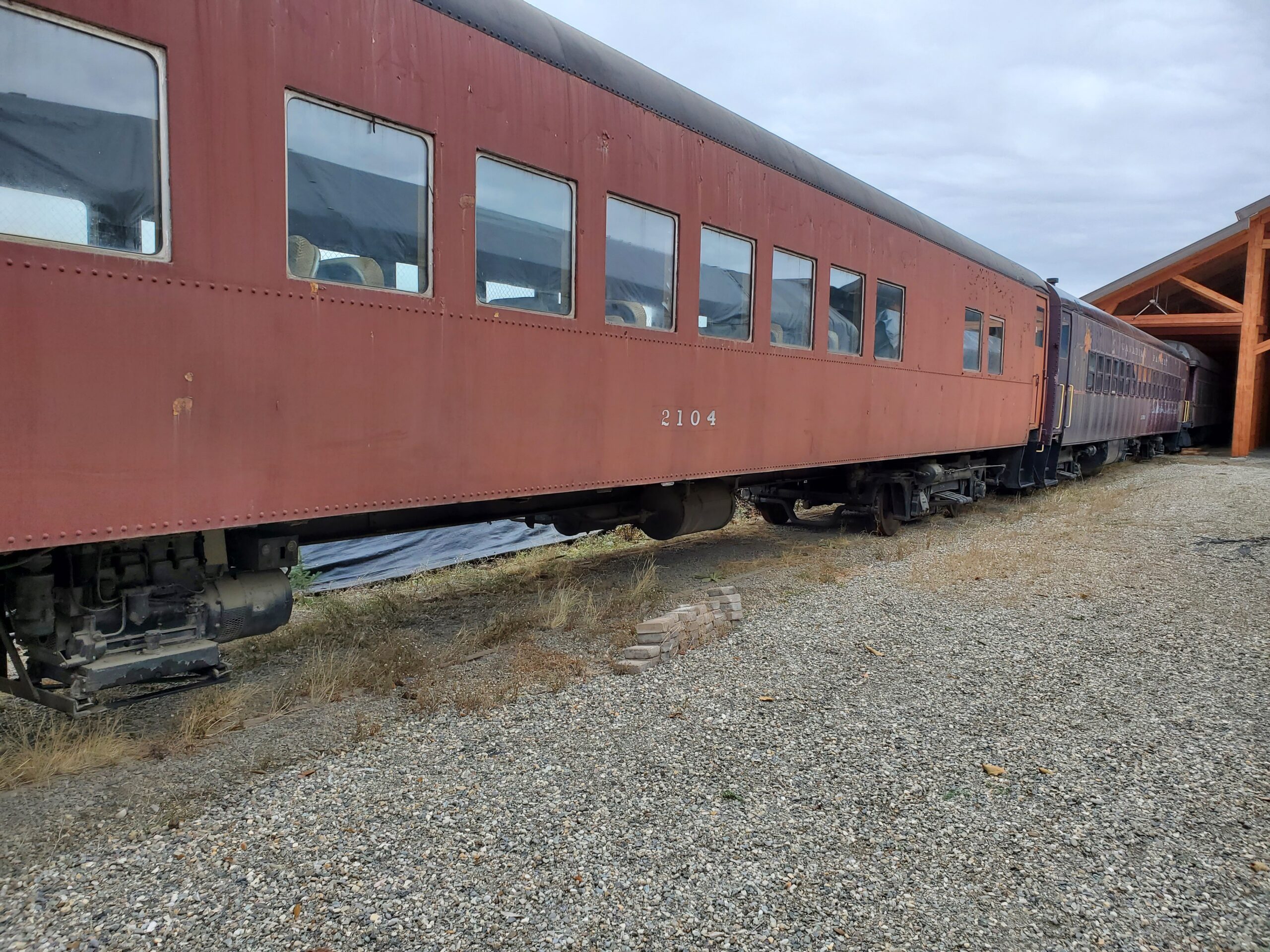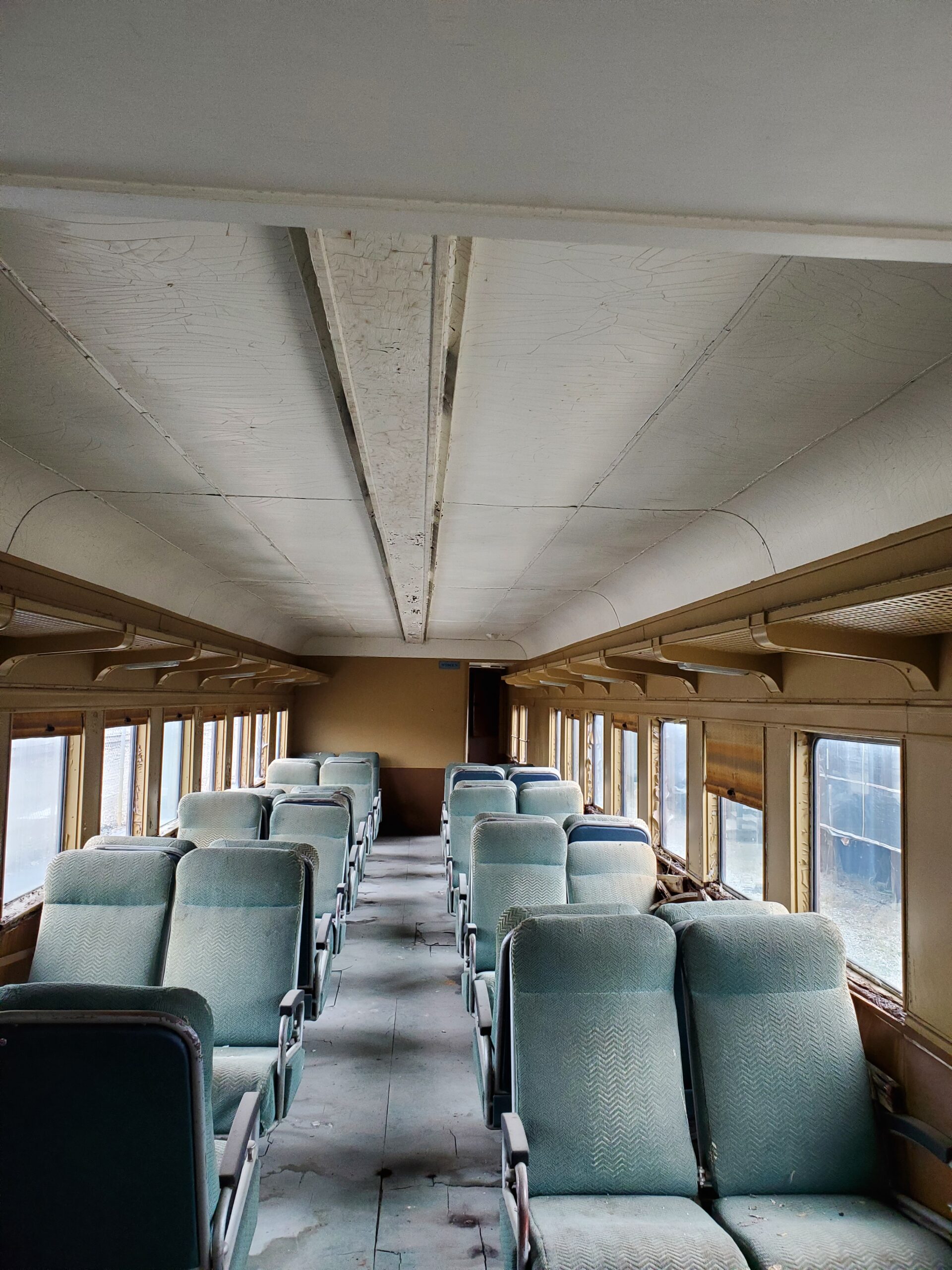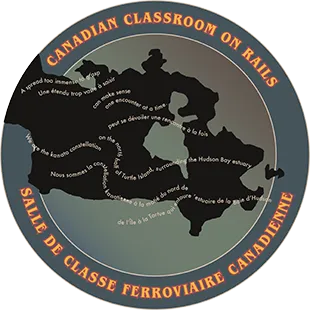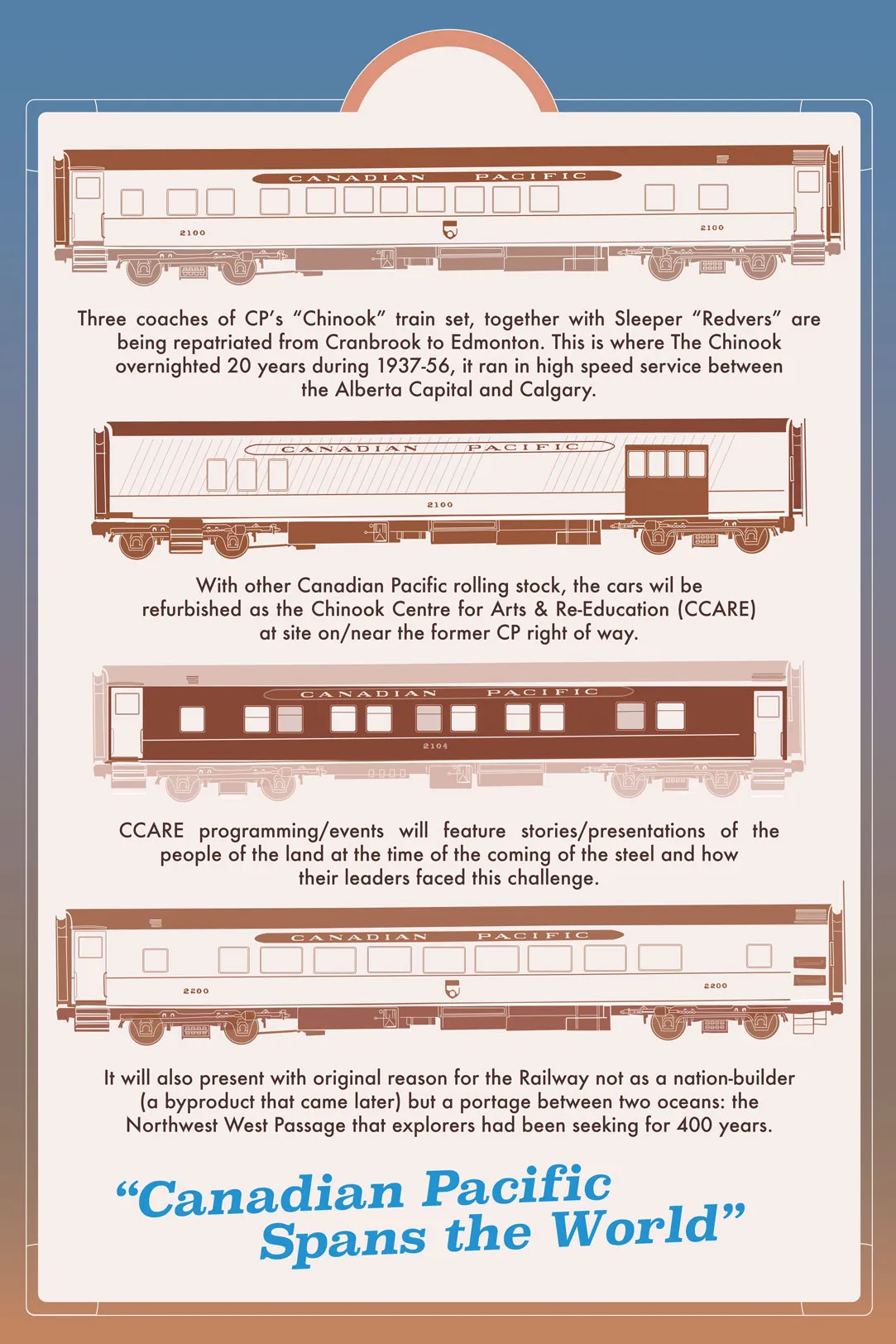The Chinook Centre for Arts and Restorative Education
About the Chinook Centre
There are several possible meanings when using the word “Chinook:”
- A west coast First Nation/language group
- a warm prairie wind from the west in winter
- a historic Alberta train running between Edmonton and Calgary from 1936 – 1956
- a Parallel // Streams initiative in the kanata spirit
- This refers to our Canadian Classroom stationary programming housed in railcars from the historic Alberta train
Three railcars we own are undergoing exterior restoration at the Cranbrook History Centre (BC).
Two of the cars ran on The Chinook, a CP Edmonton-Calgary day train service from 1936-1956; the third, a first class sleeping car, ran on Canadian Pacific transcontinental trains from 1928-67.
After sandblasting/repainting, metal and roof repairs, they’ll move to Edmonton AB to become
The Chinook Centre for Arts and Restorative Education
and be open for day visits by school/homeschool classes and night/weekend cultural events.
Who are the Chinook?
The Chinook are a West Coast First Nation after which we’ve named a warming winter wind. In transit to Edmonton, the railcars will be smudged by elders of the First Nations through whose territory they pass. Each car will be given an Indigenous name in addition to its car number.
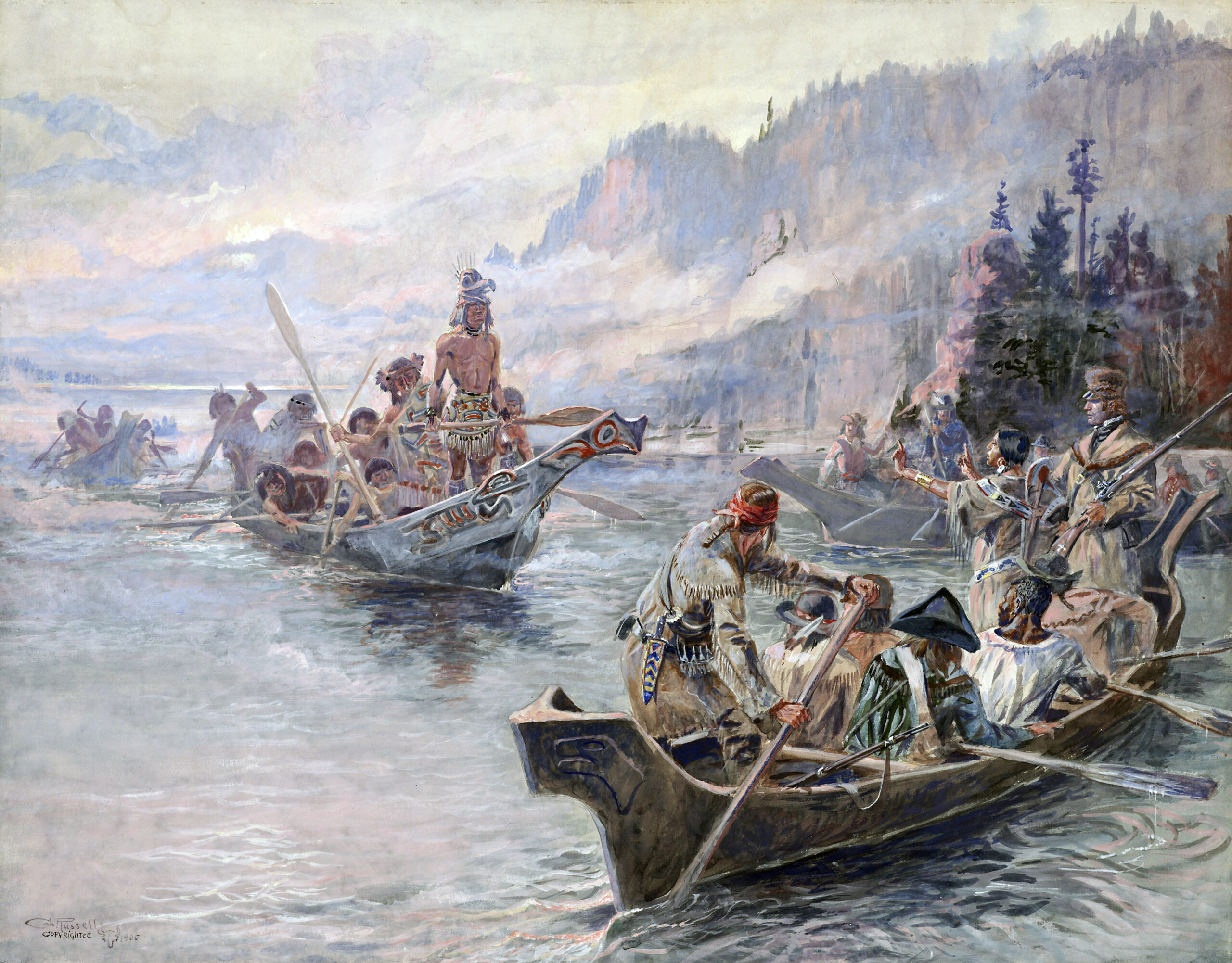
Former Canadian Pacific Baggage-Buffet Car 3051
This has been our classroom for visiting school groups in Cranbrook, BC. With 32 floor-mounted rotating seats in pairs, it can be configured in theatre-style (all forward facing) or in eight foursomes with tables. There is a kitchenette/serving counter at the front end of the classroom area, and farther forward, there is the baggage and mechanical area that provide room for equipment and materials storage.
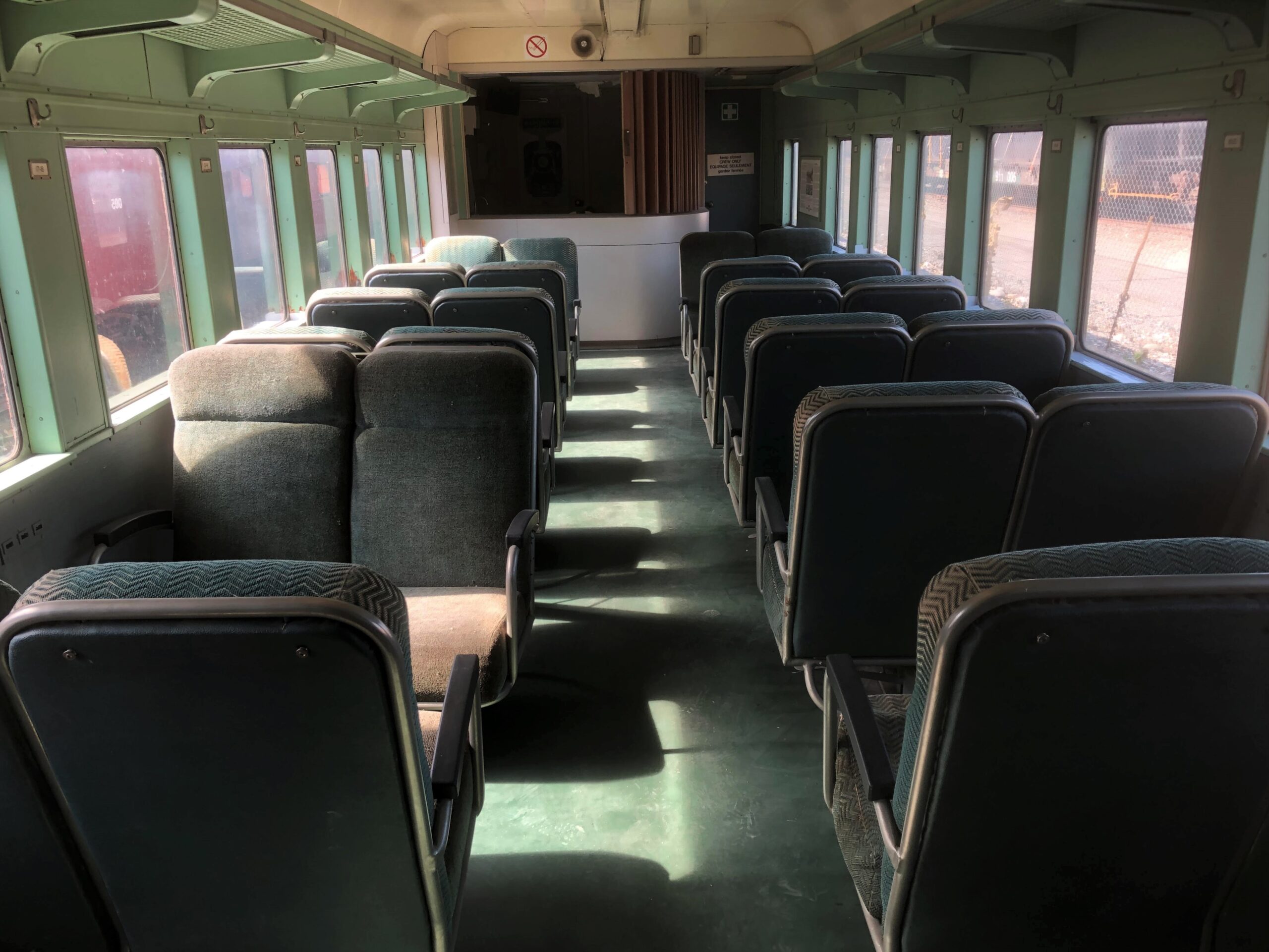
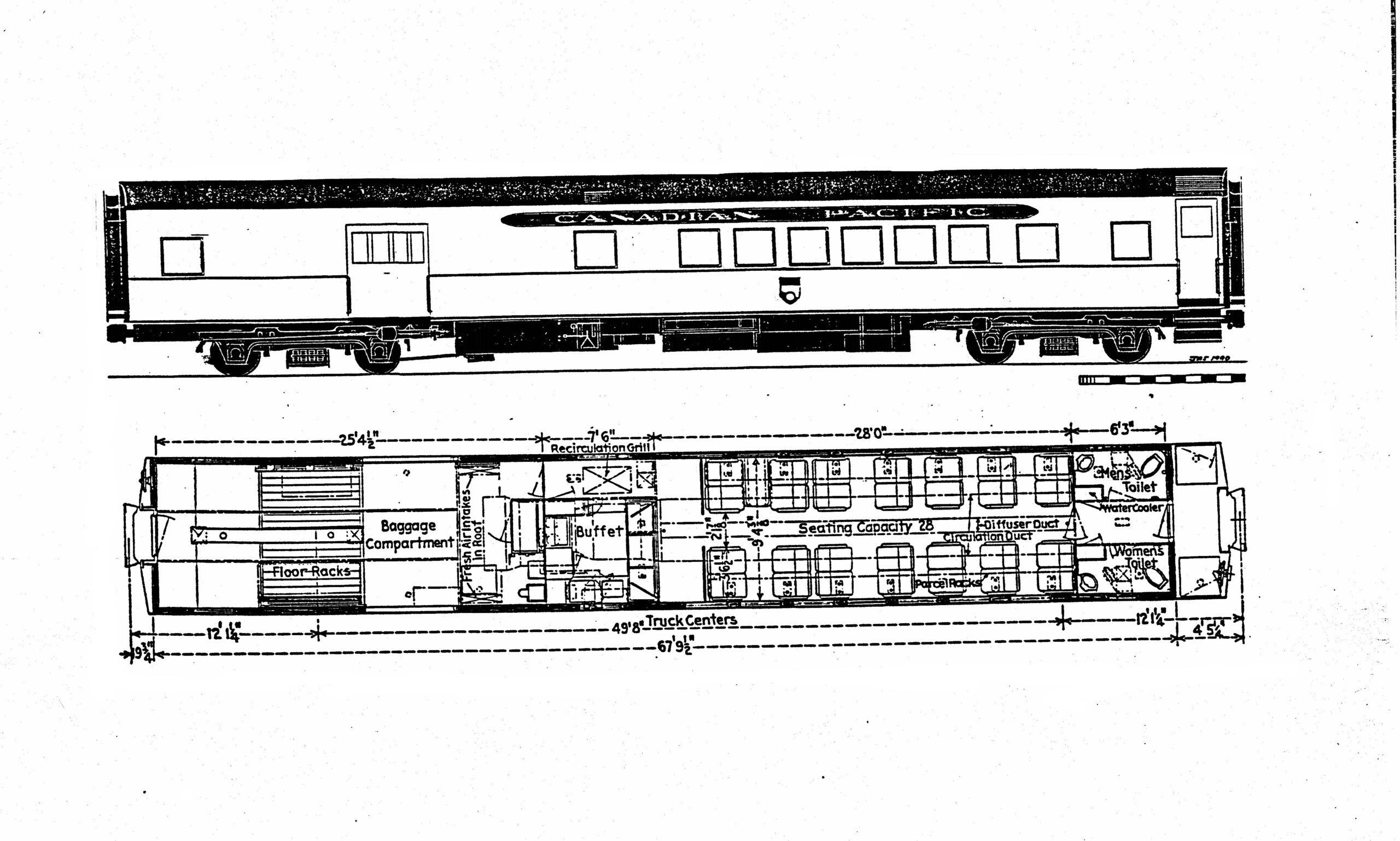
The Last Run of Baggage-Buffet Car 3051
This car last ran regularly in the 1990s behind the locomotive on the National Museum of Science and Technology excursion train from Ottawa ON to Wakefield QC. It also was part of Canadian Pacific’s special train for the 100th anniversary of The Last Spike.
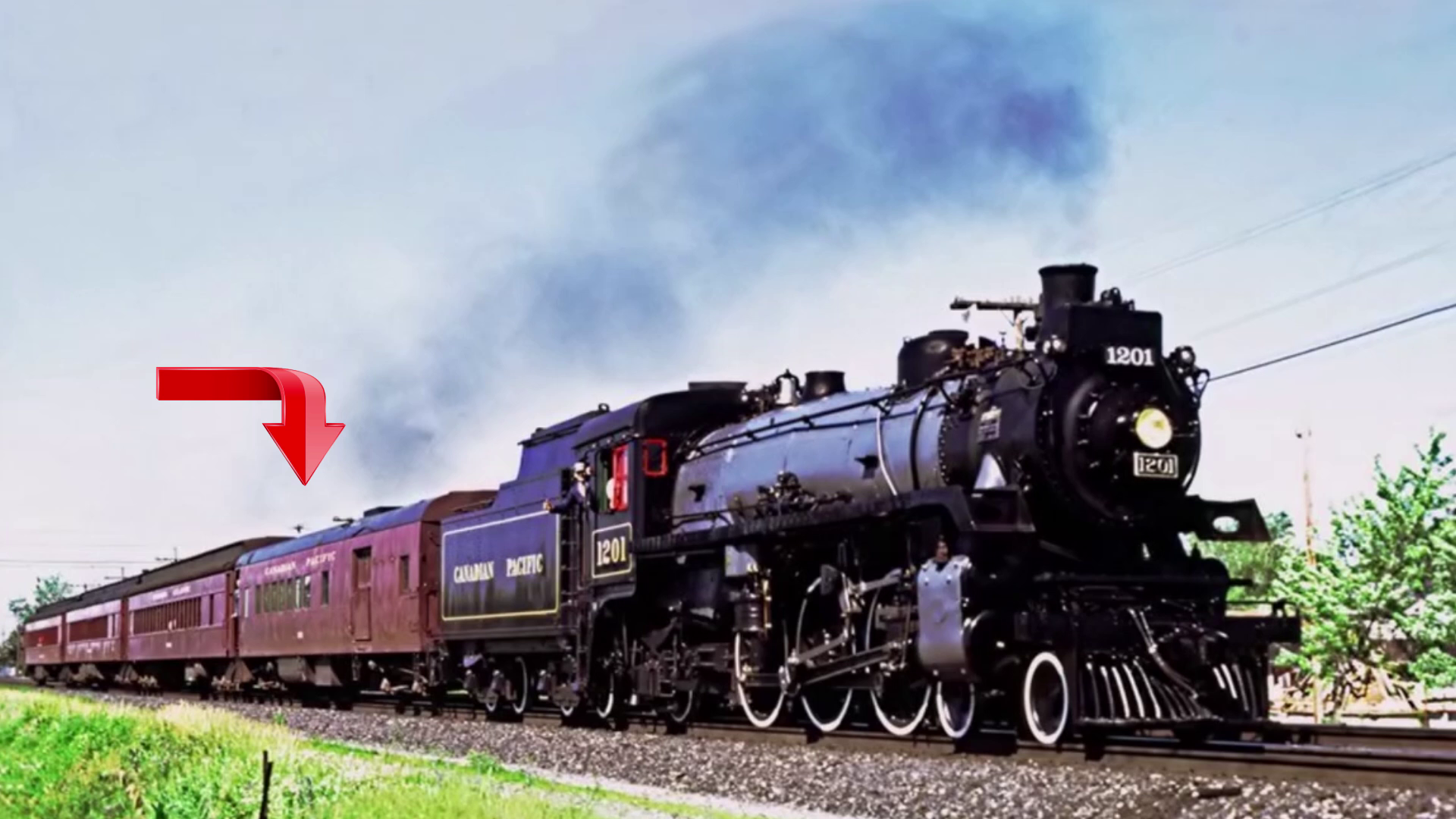
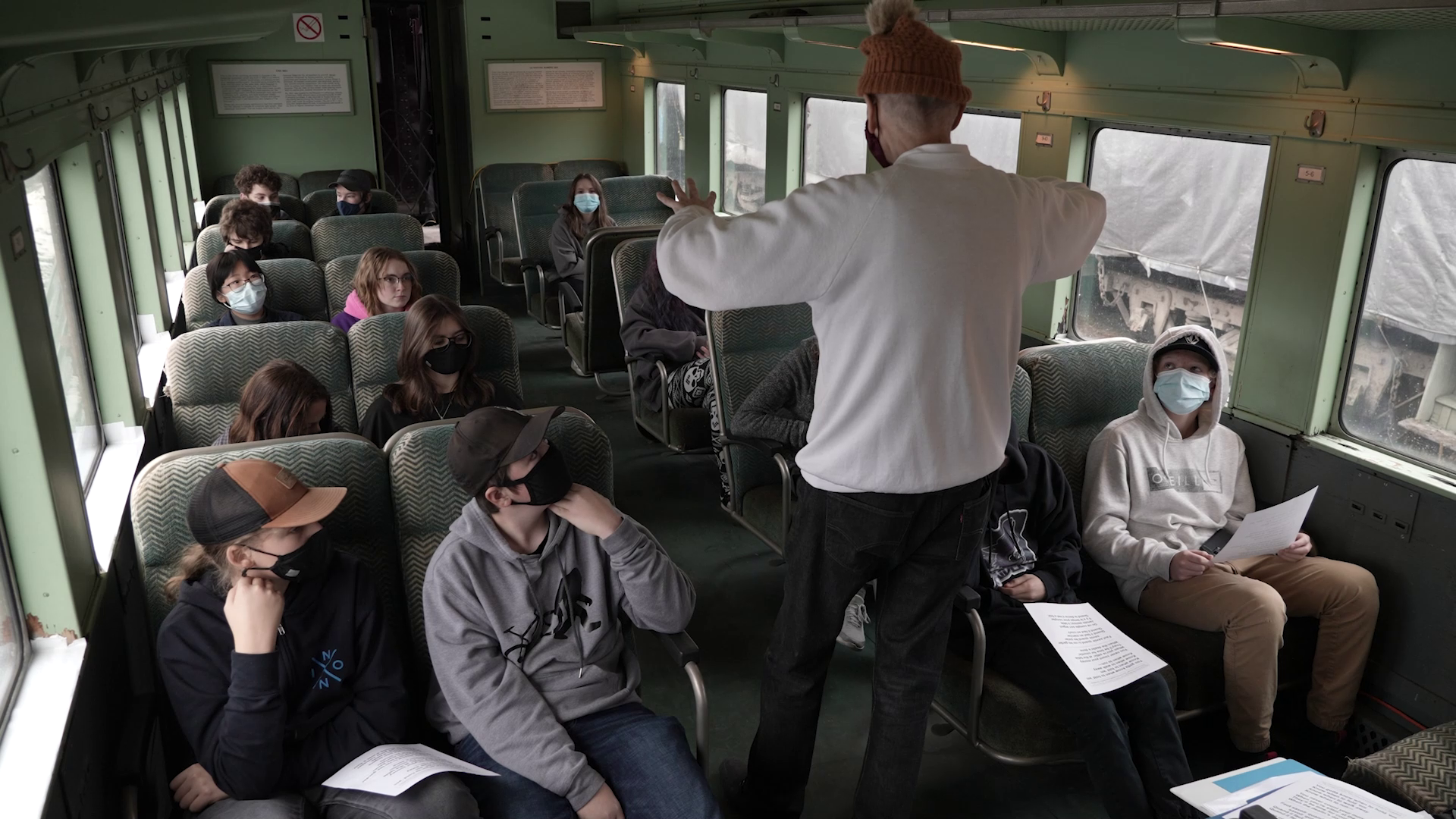
Ex-CP Mail Express Car to be named “Maskepetoon”
The name Maskepetoon comes from the Nehiyaw (Cree) peacemaker. This car is now a 70 x 10 foot long open space, as the mail/post office has been removed. In it’s place (windowed section in the picture), will be a library/boardroom/research area with heavy duty railway display cabinets partitioning it from the express area that will double as a gym for music and movement, and serve as a gallery for art and photo displays.
Gandhi of the Plains
Former AB Lieutenant Governor, writer and educator Dr. J. W. Grant MacEwan describes Maskepetoon as “the Gandhi of the Plains.” We’ll be consulting with his descendants and First Nation to develop a fitting display in the library to honour and share his legacy.
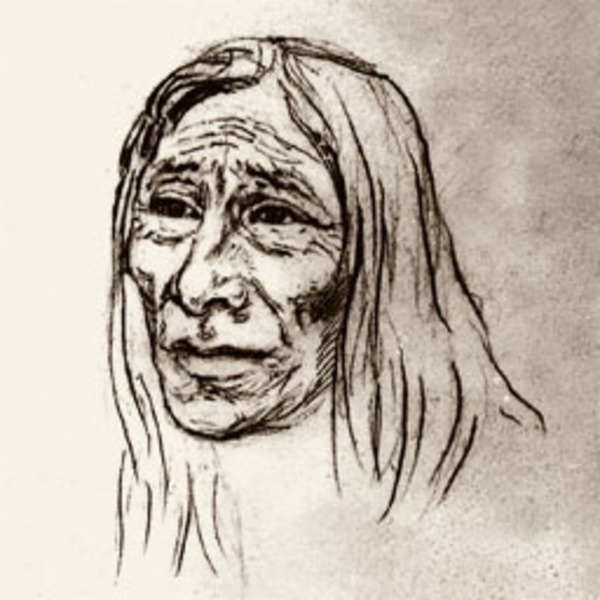
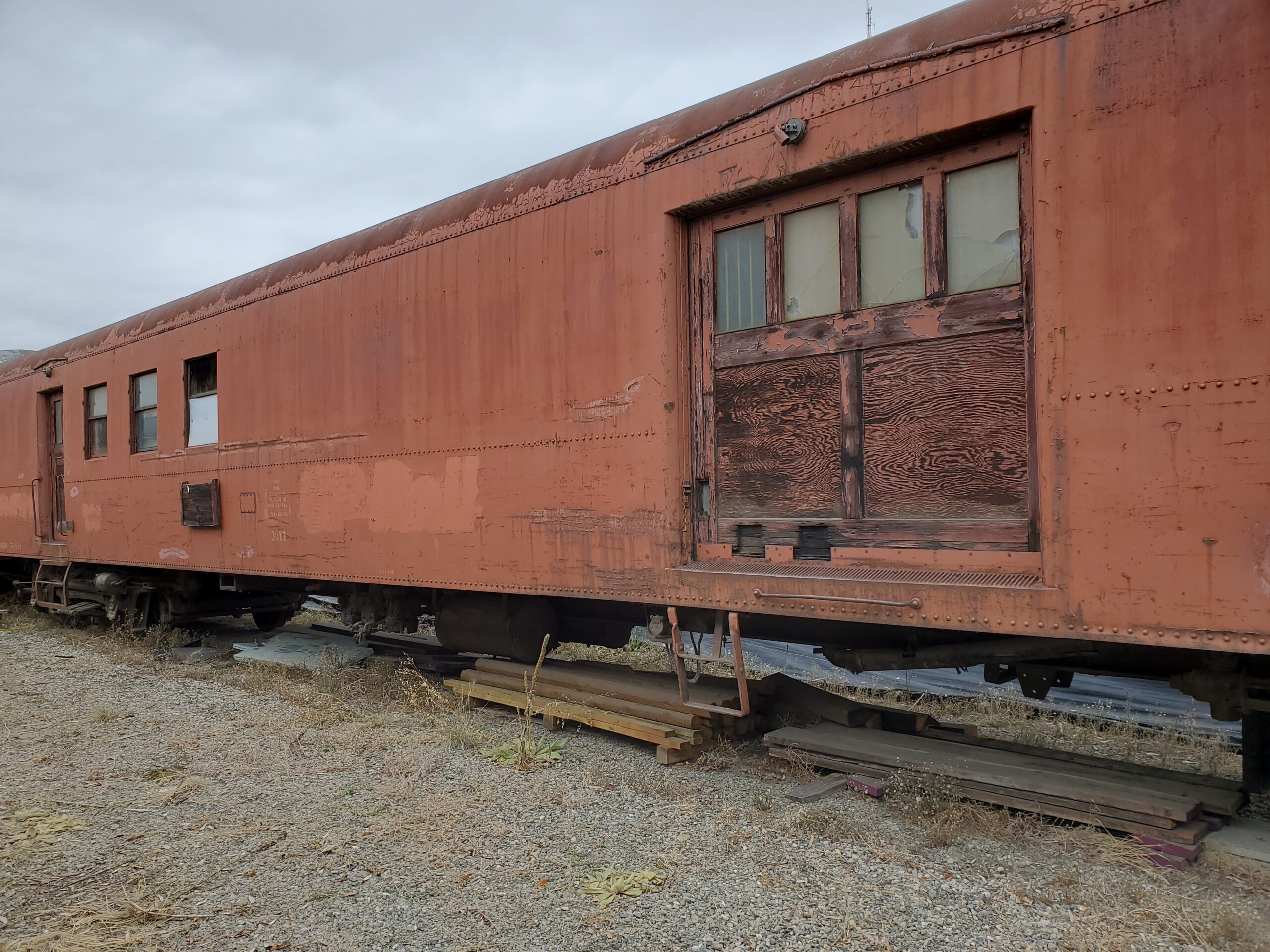
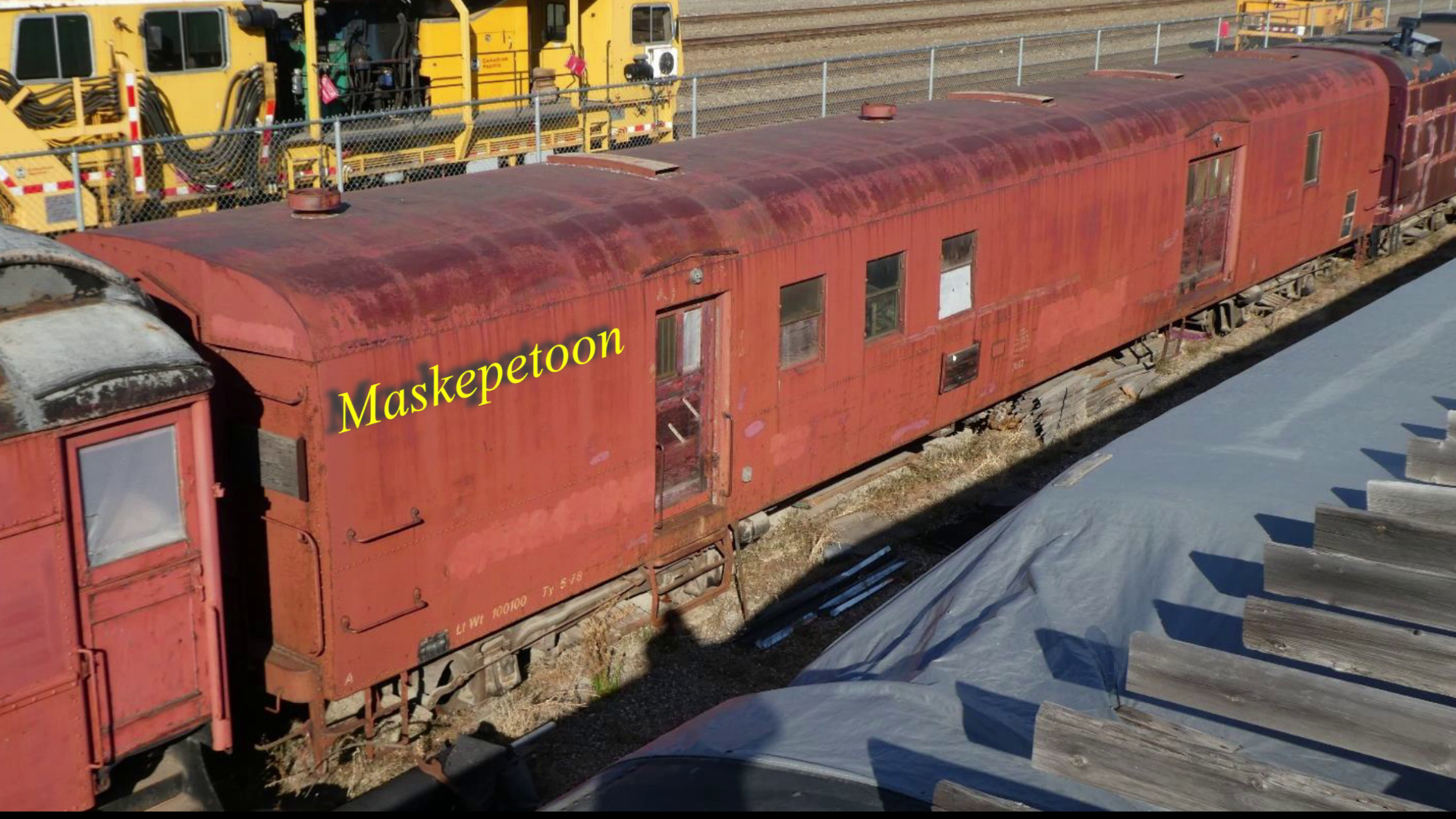
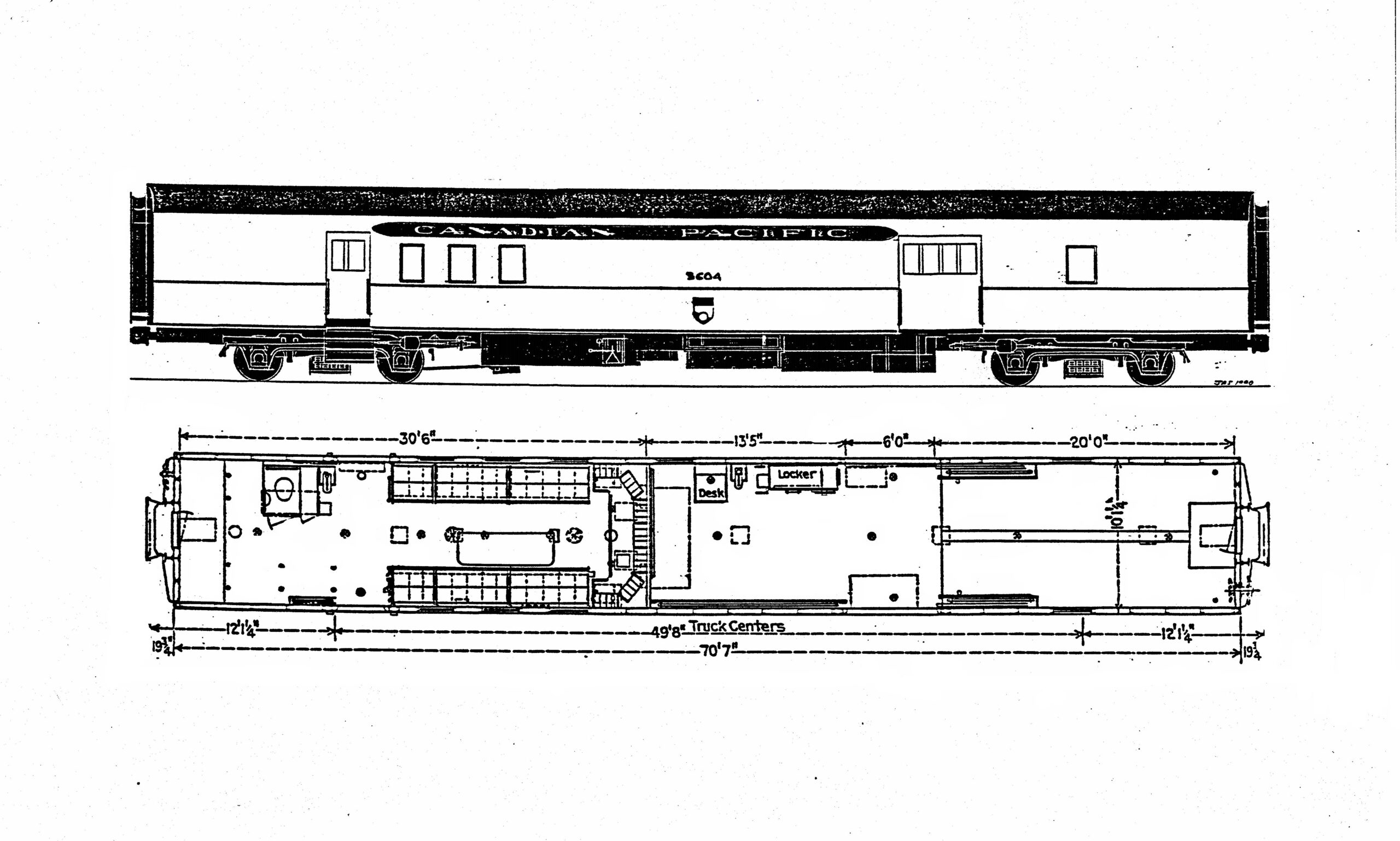
Ex-CP Sleeping Car – Redvers
This Ex-CP Sleeping Car named “Redvers” is 84 feet long and includes 3 rooms and 2 smaller compartments, as well as 8 upper/lower berth sections seating 32 in facing pairs by day. We’ll use this for pre-session and follow-up study, allowing the Chinook Centre to accomodate 3 classes at a time, alternating between the classroom, gym, and study areas within a 90-120 minute overall visit, or approximately 300 students & teachers in a six hour school day.
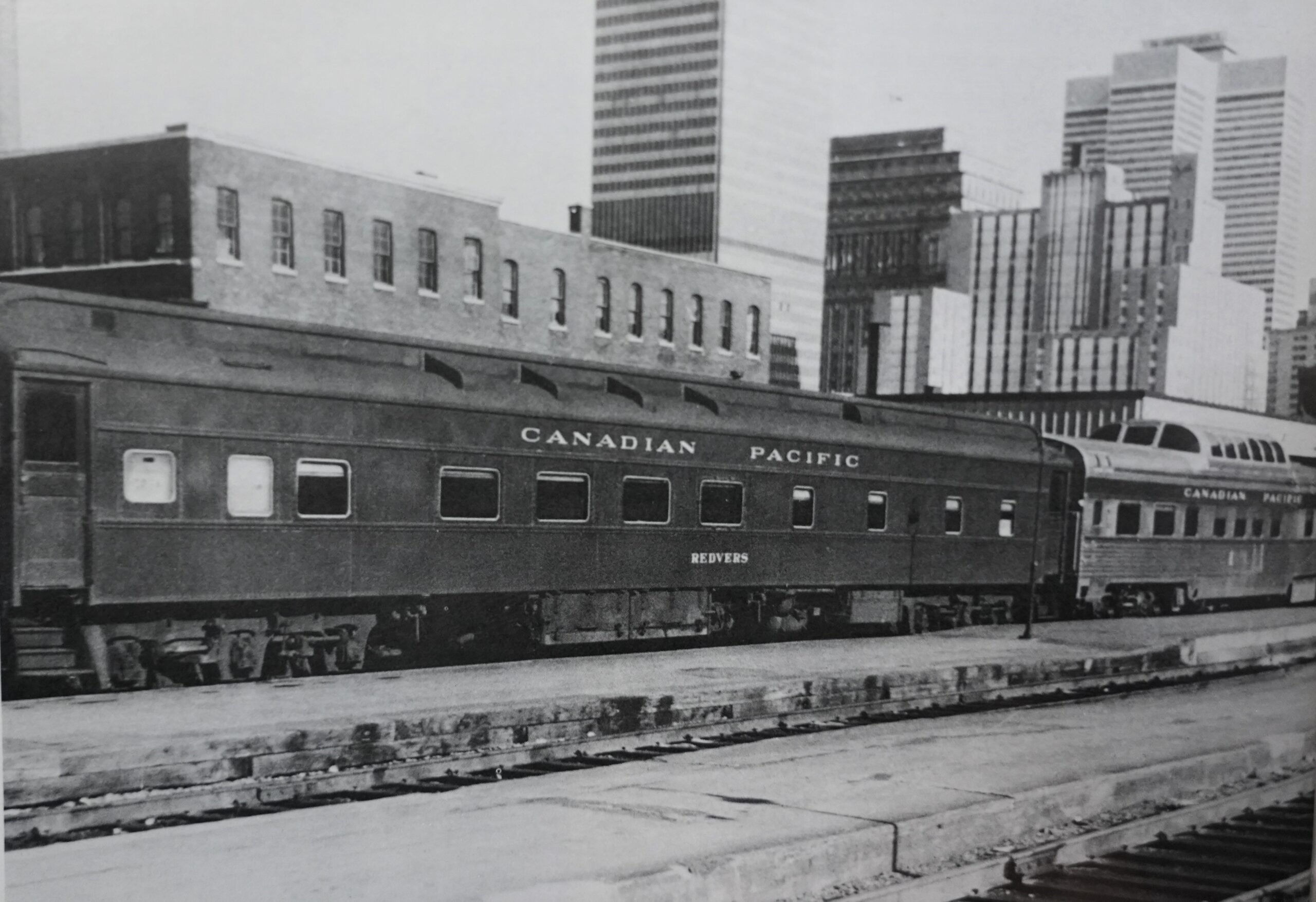
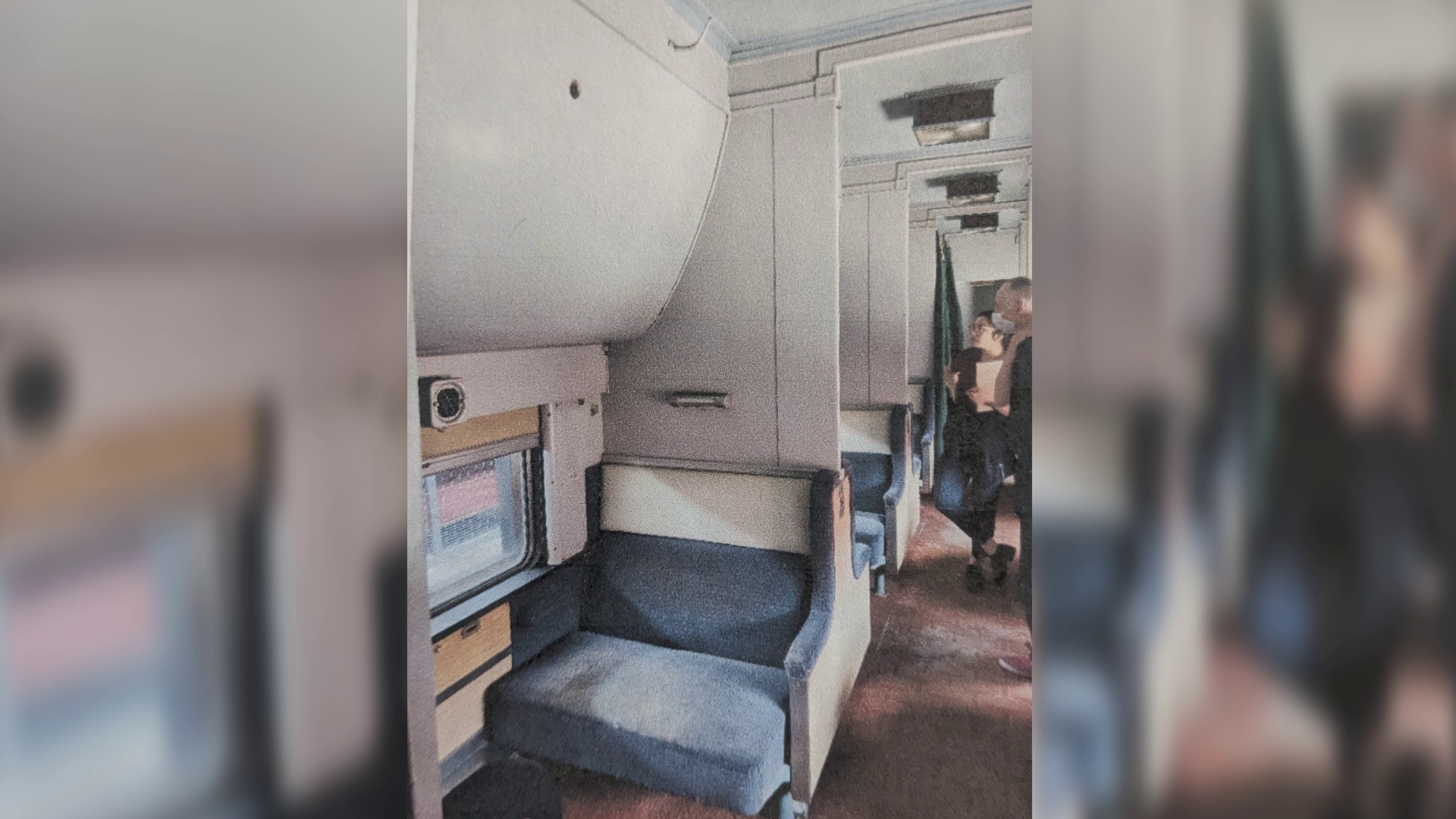
Ex-CP 56-seat First Class Day Coach – Crowfoot
In addition to the three cars CCORE owns, there is a fourth Cranbrook car CCOR has an interest in acquiring, if sponsorship can be found to cover the costs of thoroughgoing interior restoration including floor removal and replacement, and removal and rebuilding of the interior walls below the windows. (The car`s external steel fabric and end vestibules are sound, and all the windows are sealed and intact.)
This is ex-CP 56-seat first class day coach 2104, the fourth of the new lightweight streamlined cars the Company built in 1936, of the type for the ChinookS‘s trainset. It is proposed to name this coach after Isapo-Muxika (‘‘Crowfoot’’), Great Chief of the Sik’sika (Blackfoot) Confederacy, who played a key part in negotiating and signing Treaty Number Seven. His statue stands inside Alberta`s legislature rotunda.
As well as a noted warrior, later peacemaker and father of his own people, Crowfoot is a father of the kanata constellation as much as those who sat at the table in Charlottetown, Québec City and London. His wise and skilled diplomacy saved what would become Alberta from the interracial strife that marked the meeting of First Nations and settler societies in many other parts of Turtle Island/North America.
CCOR would use the 56-seat centre section of this coach as a theatre to screen documentaries including the National Film Board`s ‘‘Ballad of Crowfoot’’ together with productions by Indigenous filmmakers. The lounges at each end of the car would be still photo galleries of the life of Crowfoot, one covering the period before arrival of the Canadian Pacific Railway and settlement on the plains, and one afterwards.
